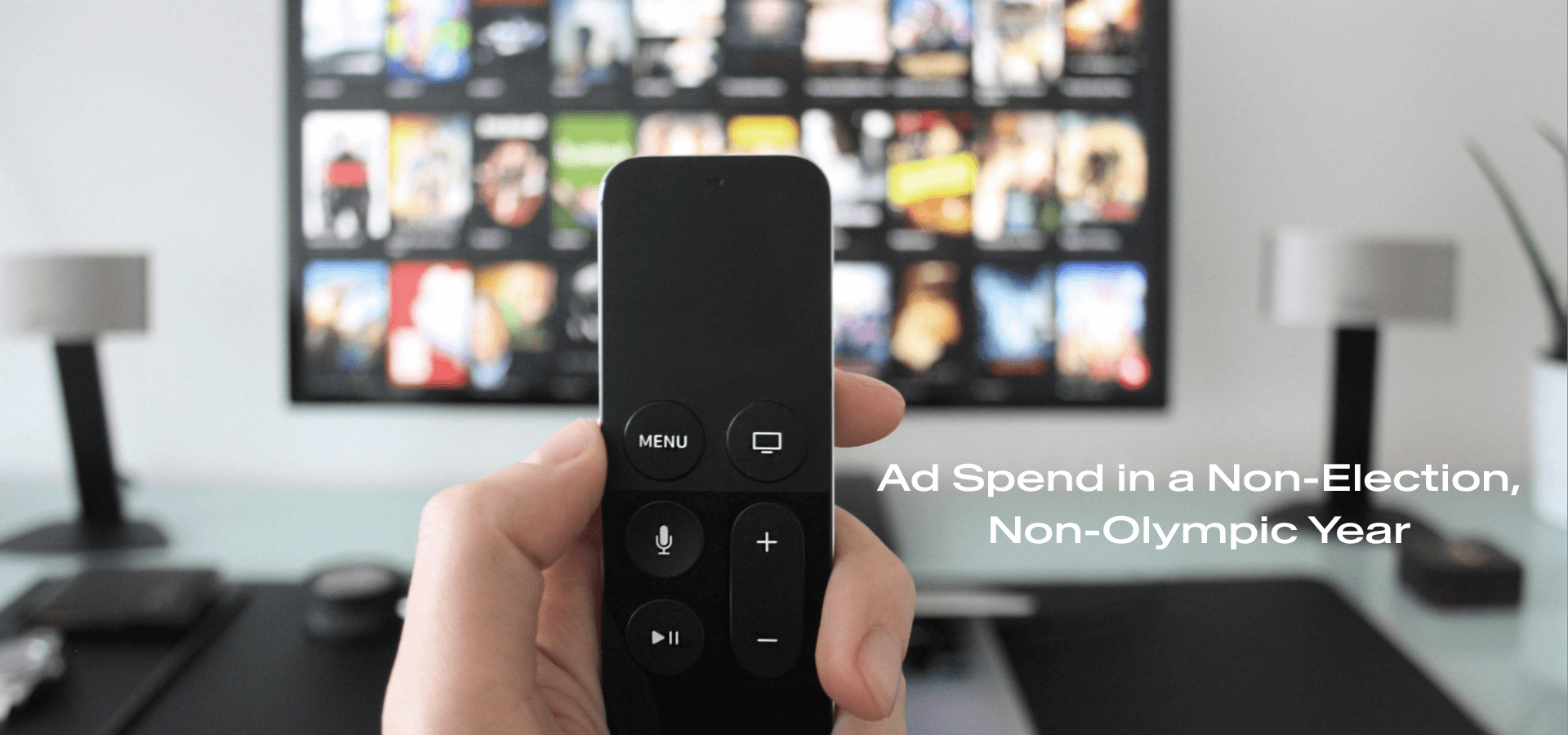The world of media buying is dynamic, complex, and always evolving. If you’re a marketing professional tasked with optimizing advertising budgets, mastering Media Mix Modeling is no longer an option—it’s a necessity.
Understanding Media Mix Modeling
This is an analytical approach used to evaluate the effectiveness of various marketing channels. It helps marketers allocate budgets efficiently, maximizing ROI by understanding which channels offer the best returns.
How Does It Work?
Media Mix Modeling uses statistical analysis to measure how well different marketing channels perform and how effective they are. It leverages historical data to figure out how each channel affects sales and customer engagement, helping marketers make smart, data-driven choices.
The Relevance Today
In today’s multi-channel marketing environment, it’s crucial to understand (with data!) how various channels interact and contribute to overall success. This type of strategy provides a holistic view, enabling marketers to allocate resources more effectively and optimize their strategies.
Key Components
To fully grasp the idea, it’s essential to understand its core components:
- Data Collection: Gathering historical data from various channels.
- Statistical Analysis: Using algorithms to analyze the data.
- Model Building: Creating a model that explains how different channels contribute to performance.
- Optimization: Adjusting the model to maximize efficiency and ROI.
The Benefits of Media Mix Modeling
Here are some known benefits to paying attention to your media mix:
Enhanced Budget Allocation
One of the primary advantages of this strategy is improved budget allocation. By understanding which channels drive the most ROI, you can allocate your budget more effectively.
Better Understanding of Customer Behavior
Modeling out your media platforms provides insights into customer behavior across different channels. This helps tailor your marketing strategies to better meet customer needs and preferences.
Improved Campaign Performance
By continuously analyzing and optimizing your media mix, you can improve the performance of your marketing campaigns. This leads to higher engagement, better conversion rates, and ultimately, increased sales.
Steps for Implementation
Executing this strategy involves several steps. Here’s a guide to get you started:
Step 1: Define Your Objectives
Before you start, it’s crucial to define your objectives. What do you want to achieve?
Whether it’s increasing sales, improving brand awareness, or optimizing budget allocation, having clear objectives will guide your efforts.
Step 2: Gather Data
Data is the backbone of Media Mix Modeling. Collect historical data from all your marketing channels, including TV, digital, radio, print, and social media. The more comprehensive your data, the more accurate your model will be.
Step 3: Choose the Right Tools
There are many tools available, ranging from simple spreadsheets to advanced software solutions. Choose a tool that fits your needs and budget.
Step 4: Analyze the Data
Use statistical techniques to analyze the data and identify patterns. This will help you understand the impact of each channel on your overall performance.
Step 5: Build the Model
Based on your analysis, build a model that explains how different channels contribute to your objectives. This may involve regression analysis, machine learning algorithms, or other statistical methods.
Step 6: Test and Optimize
Once your model is built, test it with real-world data to see how well it performs. Make adjustments as needed to improve its accuracy and effectiveness.
The Challenges of Media Mix Modeling
While Media Mix Modeling offers numerous benefits, it also comes with its challenges:
Data Quality and Availability
High-quality data is essential for accurate modeling. However, collecting and maintaining such data can be challenging, especially when dealing with multiple channels.
Complexity of Analysis
This media strategy involves complex statistical analysis. Without the right expertise or tools, it can be difficult to perform this analysis accurately.
Continual Change
Media is constantly evolving, with new channels and technologies emerging all the time. Keeping up with these changes and incorporating them into your model can be challenging.
Best Practices for Media Mix Modeling
To overcome these challenges and get the most from your efforts, follow these best practices:
Invest in Quality Data
Ensure you have access to high-quality data from all your marketing channels. This may involve investing in data collection tools or working with third-party data providers.
Use Advanced Tools and Techniques
Leverage advanced tools and techniques for data analysis and model building. This can include machine learning algorithms, predictive analytics, and other cutting-edge technologies.
Continuously Monitor and Optimize
Media Mix Modeling is not a one-time effort. Continuously monitor your model’s performance and make adjustments as needed to keep it accurate and effective.
Real-World Applications
Media Mix Modeling is used by leading companies across various industries to optimize their marketing strategies. Here are a few examples:
FMCG Industry
Fast-moving consumer goods (FMCG) companies use Media Mix Modeling to understand the impact of different marketing channels on sales. This helps them allocate their marketing budgets more effectively and maximize ROI.
Retail Industry
Retailers use Media Mix Modeling to analyze the effectiveness of their marketing campaigns. This helps them identify the most profitable channels and optimize their marketing spend.
Technology Industry
Tech companies leverage Media Mix Modeling to understand the impact of digital and traditional marketing channels on customer acquisition and retention. This helps them optimize their marketing strategies and improve overall performance.
Future Trends in Media Mix Modeling
The field of Media Mix Modeling is continuously evolving, with new trends and technologies emerging all the time. Here are a few trends to watch out for:
Integration with Machine Learning
Machine learning algorithms are increasingly being integrated into Media Mix Modeling. This allows for more accurate and predictive models, leading to better decision-making.
Real-Time Analytics
Real-time analytics are becoming more prevalent with this strategy. This allows marketers to make data-backed decisions on the fly and adapt their strategies in real-time.
Cross-Channel Integration
With the growing number of marketing channels, cross-channel integration is becoming more important. Media Mix Modeling now involves analyzing the interactions between different channels and understanding their combined impact on performance.
Mastering the art of it is essential for any organization looking to optimize their marketing strategy. By understanding how different channels contribute to your overall performance, you can allocate your budget more effectively, improve campaign performance, and gain a competitive edge.



